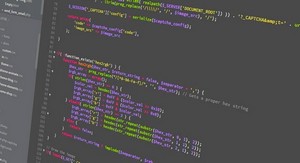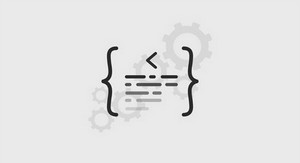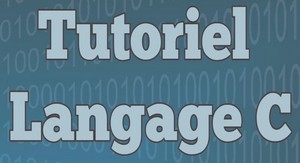C++ Basics Review
Classes
Defines the organization of a data user-defined type.
Members can be
Data
Functions/Methods
Information Hiding Labels
public
private
protected
Constructors
We have two in this example
Why?
additionnal syntax and accessors
Initializer list
Init data members directly in the constructor
Explicit constructor
Avoids automatic type conversion (and resulting bugs)
Constant member functions
Examines, but does not change the object state
Also called ‘accessor’
Non-const functions are called ‘mutators’
Interface Vs. Implementation
Interface typically defined in .h files
#include in .c file
Preprocessor commands
Guards against multiple inclusion of .h files
Scoping operator
To identify the class corresponding to each function
Remember
Function signatures must match in both interface and implementation
Default parameters are specified only in the interface
Main function
Objects are declared just like primitive data types.
Legal Declarations
Intcell obj1; // zero parameter constructor
Intcell obj2(12); // one parameter constructor
Illegal declarations
Intcell obj3 = 37; // explicit constructor used
Intcell obj4(); // function declaration
Vectors
Replaces built-in C++ arrays
Built-in arrays do not act as proper C++ objects
Standard vector class
Gives a size() function
Can be assigned using =
Similarly C++ also provides standard string class.


